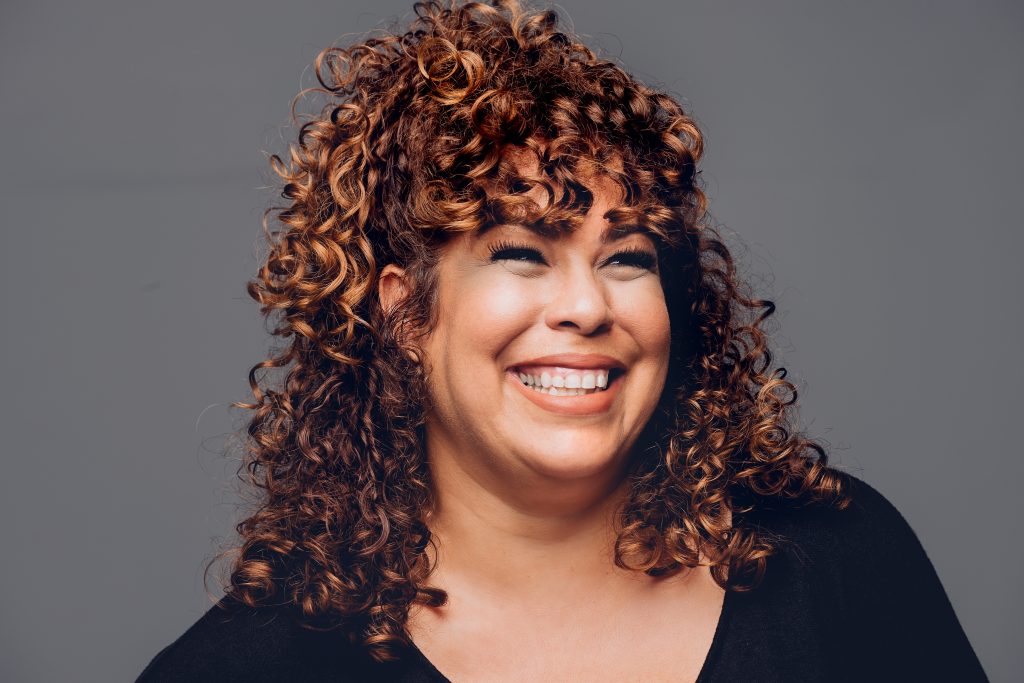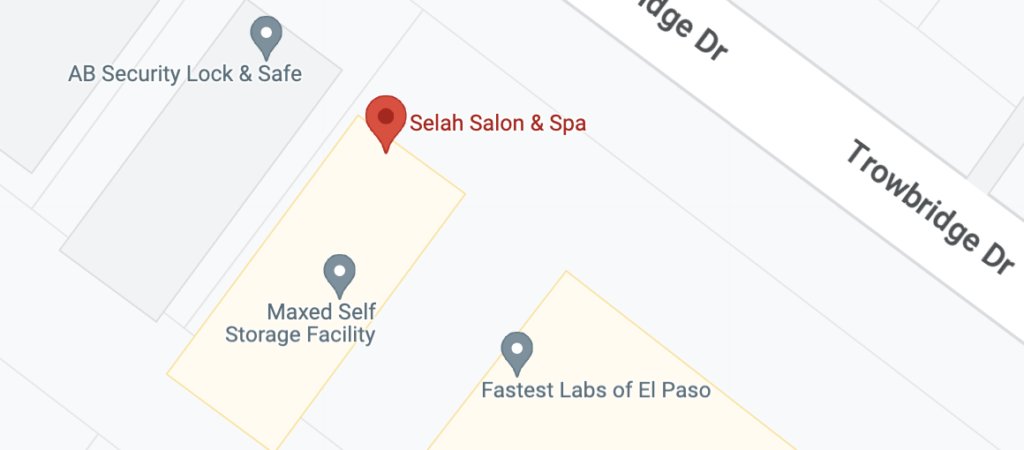With different hair types, there are different methods of treatment for all kinds of hair. Straight, curly, wavy, coily—all hair is beautiful! But if you want to step up your hair care game, it is best to understand what kind of hair type you are working with and what you can do to see a difference. Although most people break up hair types by straight, wavy, curly, and coily, it’s more specific than just these four categories. Within these categories are subcategories, which also identify hair textures, porosity, and density. We discuss these subcategories to help you determine the hair type you’re working with!
Straight
Straight hair is known as type 1 hair. It is the only type of hair is that is not broken up into subcategories, but that is only because straight hair has no natural curl. The coarseness or thickness of straight hair can vary. This type of hair is more susceptible to oil buildup, so it is important that those with straight hair avoid serums or hair butters that are rick with oils such as rosemary oil, coconut oil, and others of the sort. Just like curly hair (which we’ll get to in a minute), it is best to refrain from washing hair too often, as this can lead to an overproduction of oils.
Wavy
Wavy hair is right between straight hair and curly hair. This hair type can be broken up into three subcategories, including 2A, 2B, and 2C. The 2A type is the lightest wave there is. These waves usually start from mid-length and go down from there. This hair type is also known as “beach waves”. The wavier hair type is 2B, where the waves become more defined and noticeable. These waves typically form around the crown of the head. This type is often known as an “S” shape, forming very defined waves. The last hair type, 2C, is close to curly hair types. This is the thickest of the wavy hair types and often frizzes in humid weather.
Curly
Just like wavy hair, curly is broken up into three subcategories. 3A curly hair is typically loose loops of hair. This is when hair is more prone to clumping and curls can be broken up by running fingers through the curls and pulling strands apart. It is actually recommended for those with curly hair to refrain from using a brush as it can affect curl definition and lead to frizziness. 3B hair calls for tighter and bigger curls. These curls can be seen from the roots downward. For 3B and 3C hair, these types need moisture and it is recommended for those with these types of curly hair to use moisture-based products.
Coily
Coily hair is the curliest hair there is. Coily hair is made up of curls that are so tight, it makes hair looks shorter than it really is. Type 4A, 4B, and 4C are the most delicate types of hair there are. For individuals with type 4 hair, they are recommended to use deep conditioners at least once a week to provide their hair with the moisture it needs while avoiding the use of too many serums. Braiding is one of the best protective styles for this hair type as it can help tuck away the most fragile parts of the hair to protect them from heat or other kinds of damage.
Identifying Your Hair Type
While straight and oily hair may be easily distinguished from each other, it is still important to test your hair and find out which specific category it falls in. The types include:
- Wavy
This hair can be easily confused with curly hair, but what makes wavy hair different is that it lies flatter at the top of the head. Type 2A is usually thin and very easy to straighten. Types 2B and 2C are thicker than 2A and are fluffier and fuller.
- Curly
Curly hair patterns typically start at the roots and maybe even a bit lower. Type 3A hair consists of the loosest and biggest curls. Type 3B hair becomes tighter and more compact. Type 3C curls are springy and almost coily.
- Coily
Coily hair is only known as springy hair. This hair is spongy in texture. Type 4A is typically the softest and 4B and 4C are more coarse. Type 4A coils are the biggest curls whereas type 4C consists of the smallest and tightest curls.
Treat Your Hair, Only at Selah Salon & Spa!
Whatever hair type you have, we can provide the treatment you need to keep your hair in the healthiest state possible! Contact us today to learn more about how a fresh cut and the right products can help you achieve your hair care goals.

